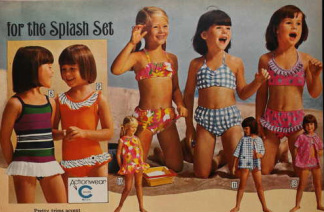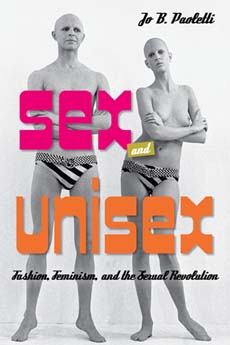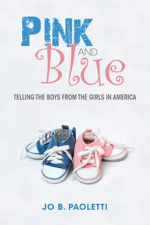- “You’re a liberal or a conservative in America if you think the ’60s were a good thing or not. If the ’60s was a good thing, you’re left. If you think it was a bad thing, you’re right. And the confusing thing for a lot of people that gets a lot of Americans is, when they think of the ’60s, they don’t think of just the sexual revolution. But somehow or other — and they’ve been very, very, clever at doing this — they’ve been able to link, I think absolutely incorrectly, the sexual revolution with civil rights.”
- source: Rick Santorum and repealing the 1960s (Charles Blow for the New York Times)
But here's the catch: something happens in the coding for feminine clothing in the 1960s that essentially conflates femininity, youth and sexual attractiveness, and it shows up in girls’ clothing. Six-year-olds in bikinis -- thank the 1960s.
More to come, as I am deep in writing mode for the next nine months. This site will also be changing to reflect the widening scope of my work. In my ample free tie, as they say.



